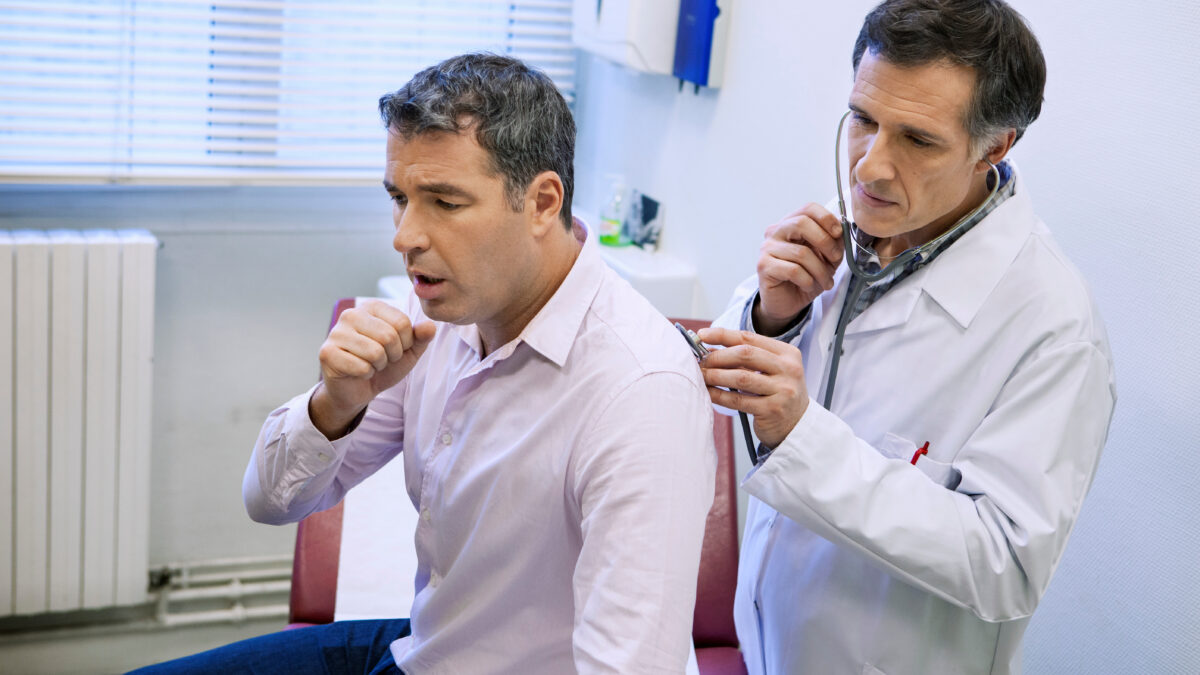Patients with chronic obstructive pulmonary disease face a persistent problem as stark as it is daunting: they simply can’t breathe well.
Chronic obstructive pulmonary disease – COPD for short – is characterized by damage to the lungs that causes coughing, wheezing and difficulty breathing. Making it up the stairs or across a parking lot can feel like an ordeal.
Patients’ quality of life can suffer significantly, and hospitalizations are common. Even among people with less severe cases, exacerbations that make symptoms worse can include reduced levels of exercise, poor physical health and psychiatric comorbidities like depression. Flare-ups can cause symptoms to worsen and might take months to clear. The unmet need for treatment is large and growing.
Global Burden of COPD
Worldwide, chronic obstructive pulmonary disease is cited in more than 3 million deaths annually, making it the third leading cause of death globally.
Some 16 million adults are affected in the U.S. alone, and many more may be unknowingly impacted. Rates of diagnosis are limited by access to lung-function testing, and the likelihood of getting an accurate diagnosis varies, so the true prevalence is difficult to estimate.
Up to 90% of people under age 70 who die of chronic COPD are in middle- and low-income countries, where frontline treatments like inhalers may be hard to access.
Causes, Prevention and Management
In the U.S. and Europe, COPD is most often associated with long-term cigarette smoking. But in many parts of the world, where the air is rife with pollution, and can contain significantly more harmful particles, nearly half of cases are non-smokers. Exposure to dust or fumes in the workplace and respiratory infection or asthma in childhood are also common risk factors.
Nevertheless, COPD is preventable with sufficient awareness, education and policy change.
Global efforts are underway to diagnose and treat the disease more effectively. People at risk, including those who have never smoked, should see their doctor for an assessment, especially if they have any trouble breathing.
And even though current treatments cannot cure the disease or restore full lung function, symptoms can be managed with medications, pulmonary therapy and supplemental oxygen. Vaccines can also protect against lung infections.
In contrast, without adequate treatment, COPD can be life-threatening. Given the global burden of disease, patients and advocates look forward to the availability of new treatments that are in development. And hopefully, one day, for a cure. Then, everyone will be able to breathe a little easier.




